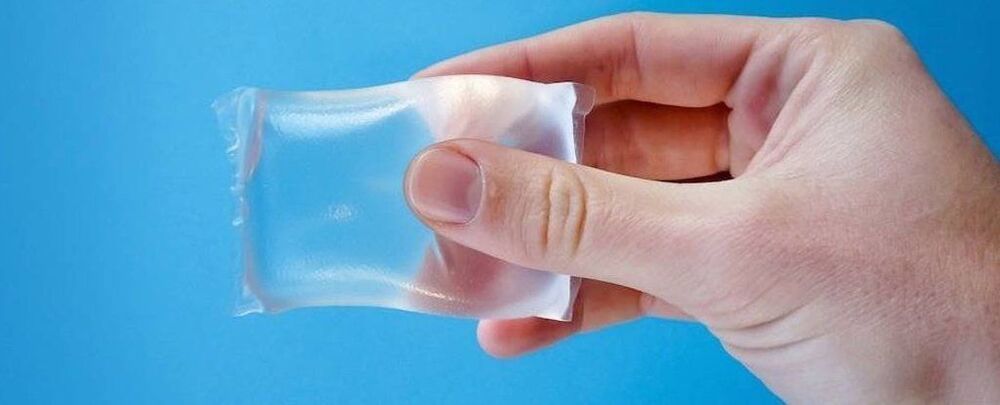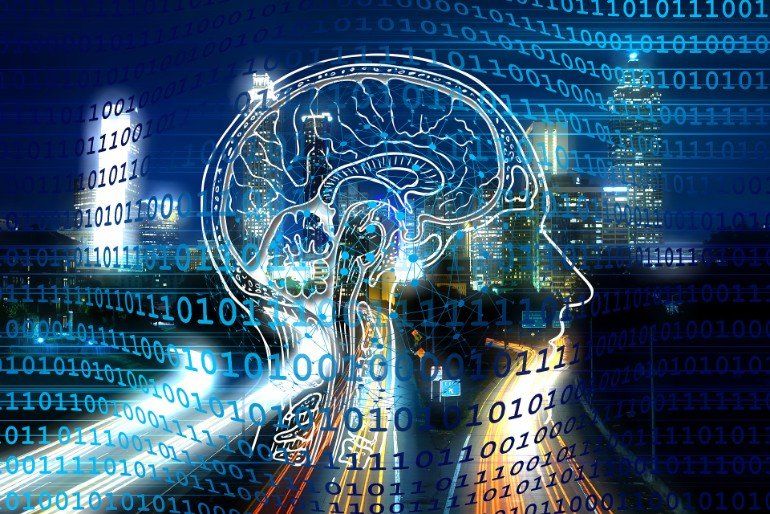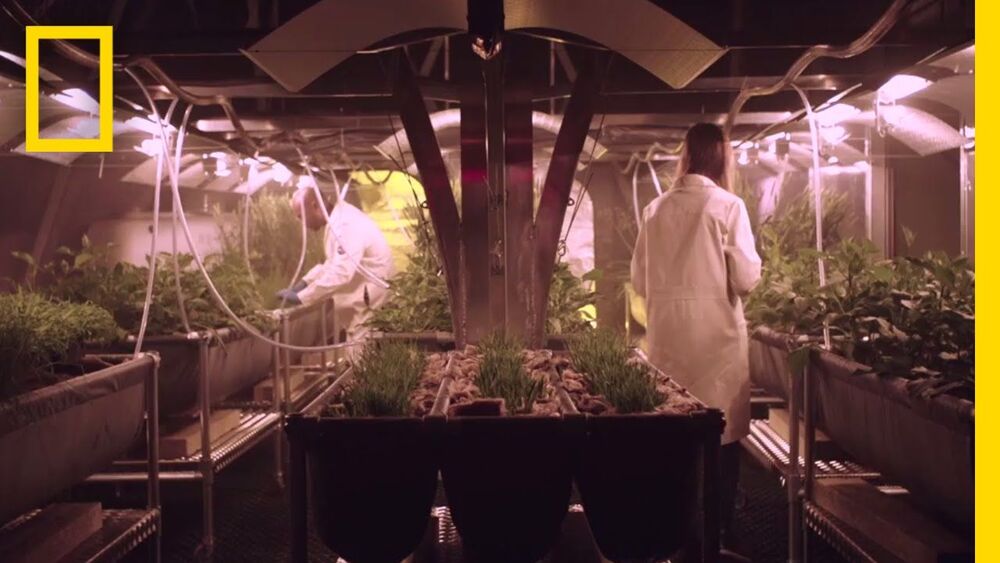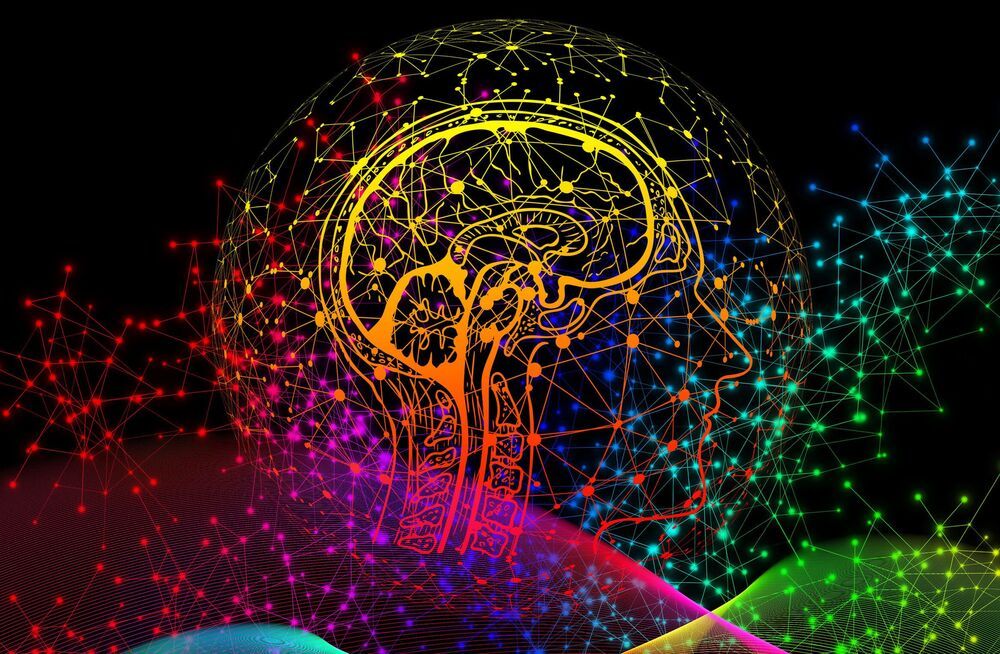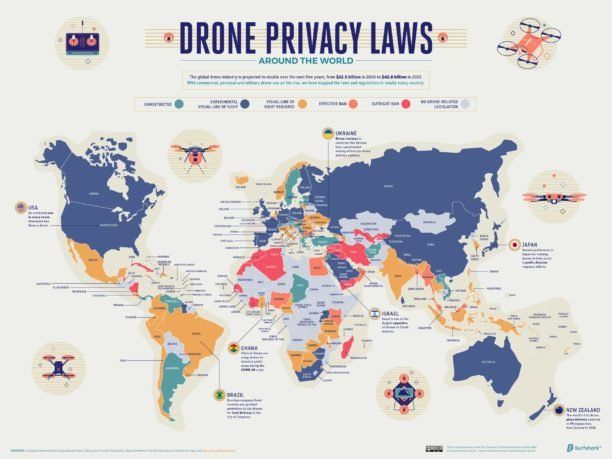Recommended Reading highlights the week’s noteworthy writing on technology and more.
Meet the FeelReal mask. Using nine aroma capsules inserted into the masks, a catalogue of smells can be sprayed at your face.
The quality and complexity of dreams appear to change with our stages of sleep, according to a new analysis.
Before the twenty-first century, we used to think dreams only occurred during rapid eye movement (REM) sleep, but more recent research shows people sometimes recall dreams even when they are woken from non-REM stages of sleep.
Whether these two types of dreaming are inherently different is something neuroscientists are still trying to figure out.
From a pile of seaweed to a packet of soy sauce.
The London startup Notpla has created a plastic alternative from seaweed that’s biodegradable — and even edible. And it’s hoping it could put a dent in the 300 million tons of plastic waste humans generate each year.
Notpla’s natural plastic-like casing is biodegradable within four to six weeks, the company says, compared to the several hundred years it takes synthetic plastics to biodegrade.
Summary: A new AI system helps researchers better understand the brain computations that underlie thought.
Source: Baylor University.
A team led by researchers at Baylor College of Medicine and Rice University has developed artificial intelligence (AI) models that help them better understand the brain computations that underlie thoughts. This is new, because until now there has been no method to measure thoughts. The researchers first developed a new model that can estimate thoughts by evaluating behavior, and then tested their model on a trained artificial brain where they found neural activity associated with those estimates of thoughts. The theoretical study appears in the Proceedings of the National Academy of Sciences.
The technology doesn’t seem to be here yet; obviously, the ice on Mars will be harvested to provide drinking and irrigation water.
If we ever intend to send crewed missions to deep-space locations, then we need to come up with solutions for keeping the crews supplied. For astronauts aboard the International Space Station (ISS), who regularly receive resupply missions from Earth, this is not an issue. But for missions traveling to destinations like Mars and beyond, self-sufficiency is the name of the game.
This is the idea behind projects like BIOWYSE and TIME SCALE, which are being developed by the Centre for Interdisciplinary Research in Space (CIRiS) in Norway. These two systems are all about providing astronauts with a sustainable and renewable supply of drinking water and plant food. In so doing, they address two of the most important needs of humans performing long-duration missions that will take them far from home.
Even though the ISS can be resupplied in as little as six hours (the time between launch and the time a supply capsule will dock with the station), astronauts still rely on conservation measures while in orbit. In fact, roughly 80% of the water aboard the ISS comes from airborne water vapor generated by breathing and sweat, as well as recycled shower water and urine—all of which is treated with chemicals to make it safe for drinking.
Dogmatic individuals tend to form less accurate judgements thanks to a generic resistance to seeking out additional information, according to new research published in the Proceedings of the National Academy of Sciences (PNAS). The findings shed new light on the cognitive underpinnings of dogmatic worldviews.
“We have never been so free to decide if we have enough evidence about something or whether we should seek out further information from a reliable source before believing it,” explained study author Lion Schulz, a doctoral researcher in the Department of Computational Neuroscience at the Max Planck Institute for Biological Cybernetics.
“In turn, if we don’t check on quick and uncertain judgements, this can leave us quite vulnerable to misinformation. Understanding the mechanism behind such decisions and how different people approach them is therefore important when we try to understand the current societal climate.”
Global #connectivity lets for #digitalidentity for billions of people worldwide, giving them access to #telehealth, #education, #careers, #entertainment and #finance services, as well as raising #cybersecurity and #dataprivacy concernsRe-sharing. Starlink can help telemedicine become more reliable and available to people in need. Especially those in rurual or far flung locations.
Video Source/Credit: SpaceX Youtube Channel
One interesting sub-division of SpaceX is Starlink, which is Musk’s venture into increasing global connectivity. Starlink’s mission is to use a global network of low Earth orbit satellites to eventually “deliver high speed broadband internet to locations where access has been unreliable, expensive, or completely unavailable.” While satellite internet itself is not a novel concept, most of the traditional systems use dated technology that have far less capabilities with regards to internet speed, connectivity, and sustainability. Starlink’s goal is to provide high-speed broadband internet, using cutting-edge satellite systems that will also not add to the space pollution created by traditional systems. As of now, the company states that it “is targeting service in the Northern U.S. and Canada in 2020, rapidly expanding to near global coverage of the populated world by 2021.”
Drone privacy laws vary all around the world — and what might get you a great shot in one country could get you jail time in another.
Surfshark, a digital security firm, introduces Mapped: The state of drone privacy laws in (nearly) every country.
Drone privacy is serious business – and what gets you a great image in one country could get you a jail term in another. Finding these laws, however, is hit or miss – so this new research from Surfshark is a great place to start for world travelers.
A small group of economists from Italy, the U.K., and the U.S. has published a Policy Forum piece in the journal Science suggesting that consumers need to be protected from collusive price setting by AI systems. They also outline some possible ways to solve the problem.
For most countries, price collusion is illegal. It is where two or more makers or sellers of goods get together and agree to charge higher than market prices for the goods or services they are selling. Such practices are illegal because consumers wind up paying higher prices than they would if prices were market based. In their paper the economists reveal that many large corporations have taken to using computer systems with an AI component to set their prices. Using computers to set prices is not new, of course, some companies sell hundreds of thousands of products. Using computers to help set prices saves a lot of time and money. But until now, such systems have been constrained by the laws in which the companies operate—such laws can be baked in. But now, the authors contend, things have begun to change. AI systems have found, through learned experience, that uncommunicated collusion can lead to higher profits.



